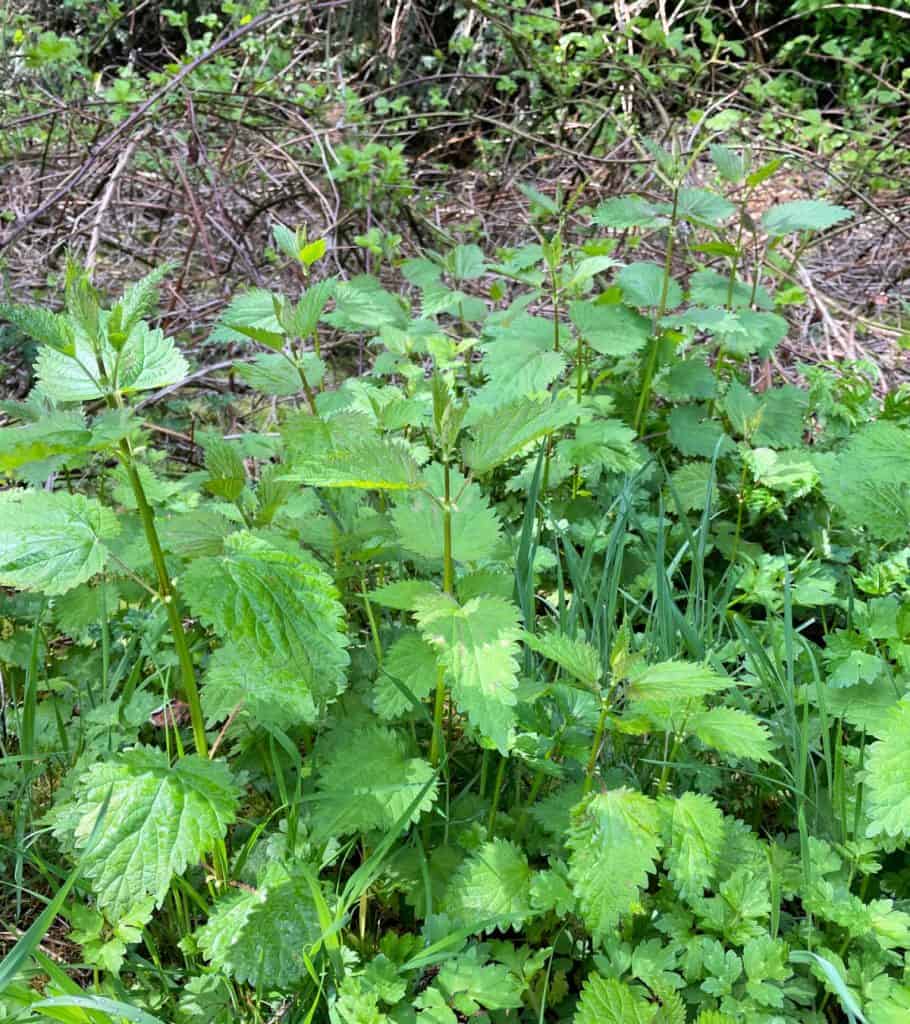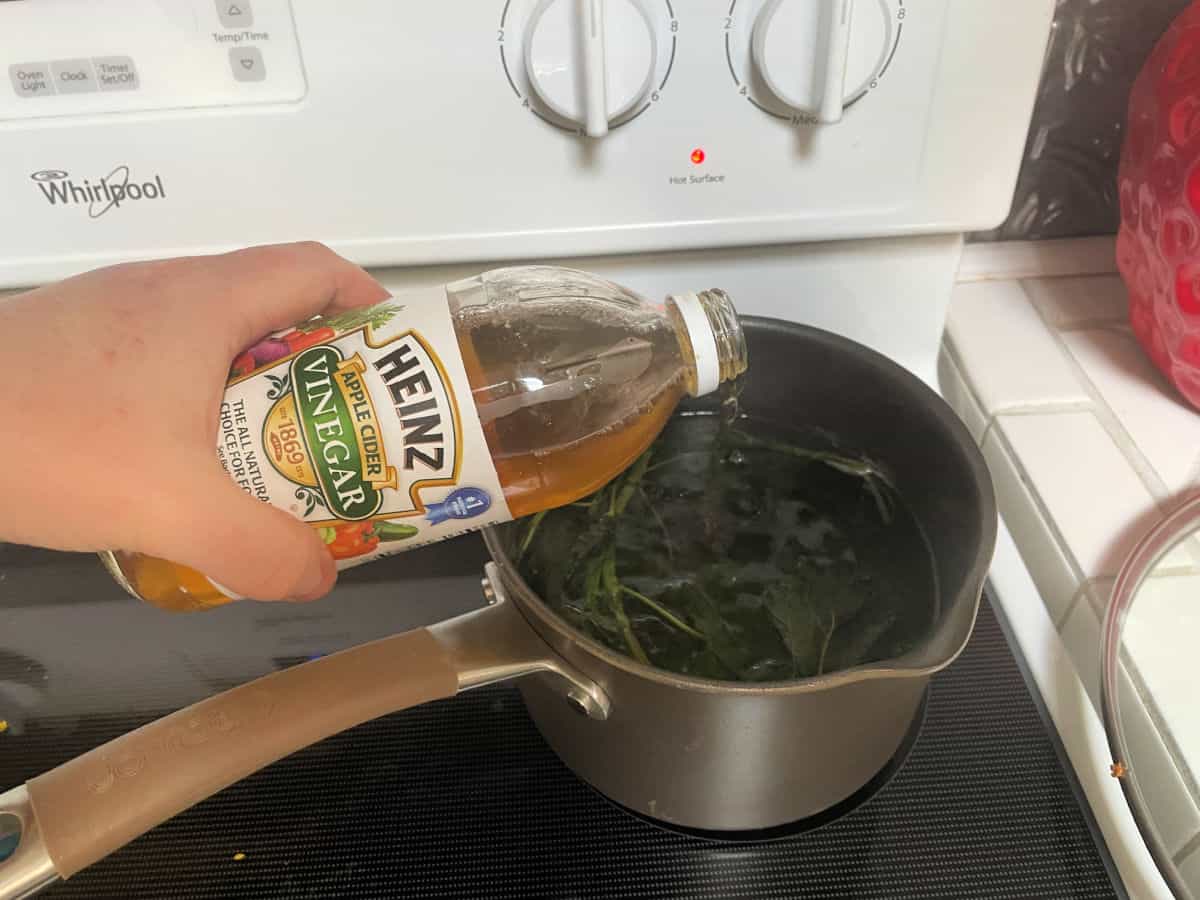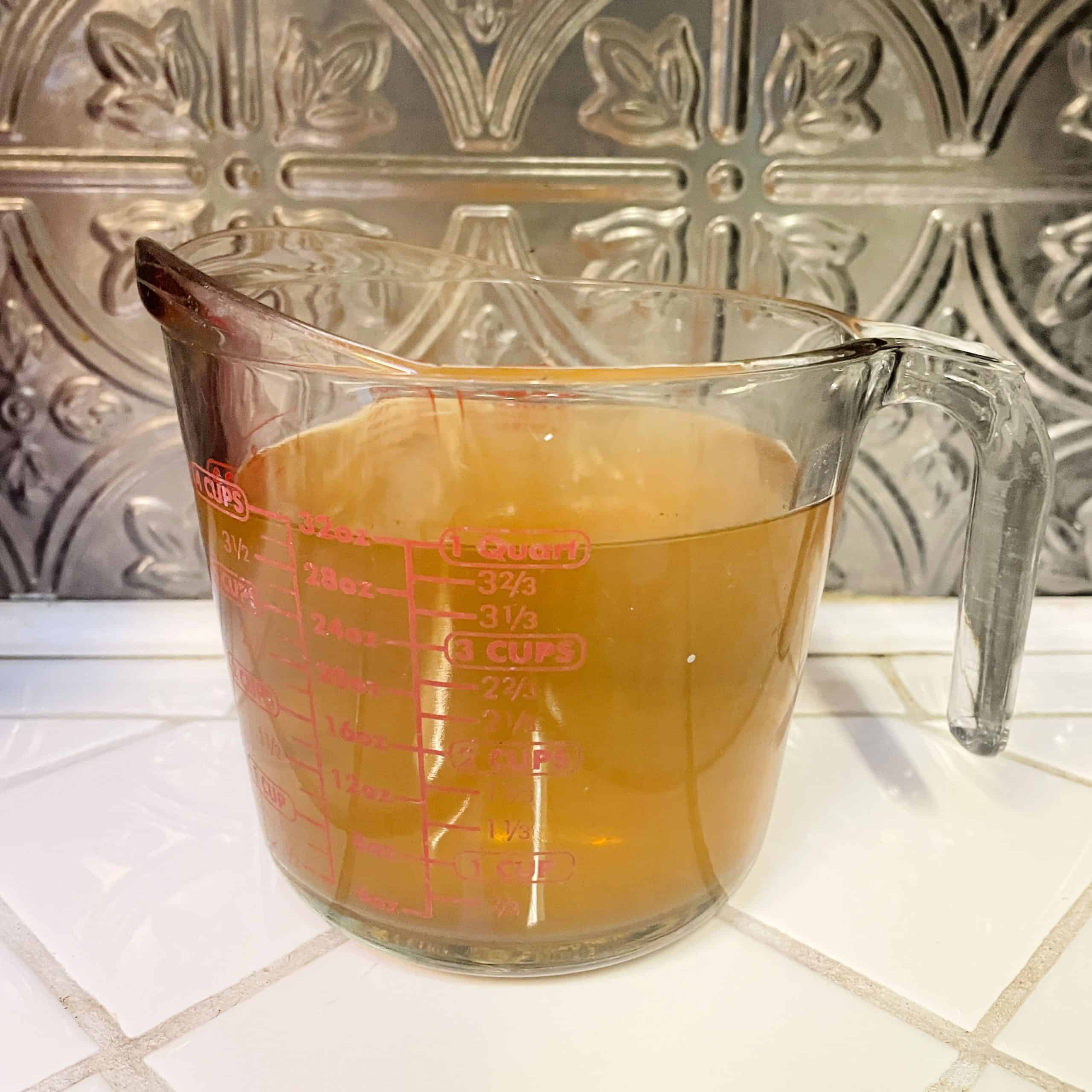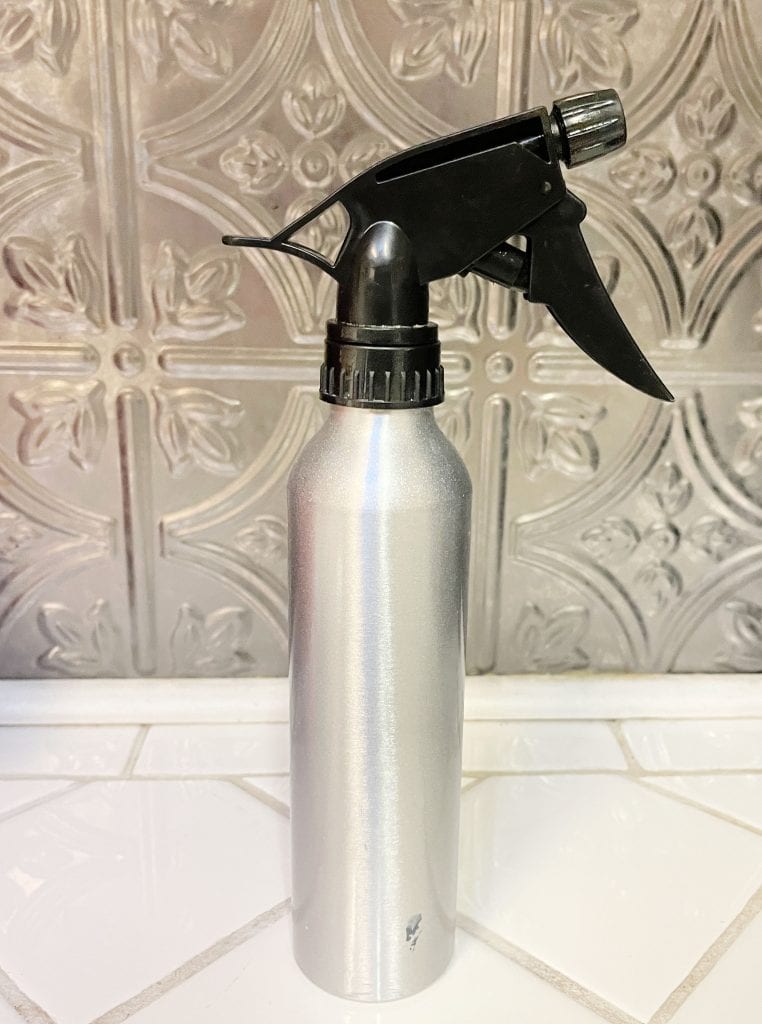A patch of stinging nettle found in the woods may be regarded by some as a weed while to others it’s perceived as a potent plant abundant in nutrients with healing properties. While the thought of using a plant known for its prickly sting might raise eyebrows, stinging nettle has a rich history of use in traditional medicine for its numerous benefits. One of these benefits is its ability to create an effective hair tonic. Keep reading to explore the process of making your own stinging nettle hair tonic, unlocking the potential of this humble plant to revitalize your locks.

The benefits of stinging nettle
Stinging nettle (Urtica dioica) is a perennial plant found in various parts of the world. It has been utilized for centuries in traditional medicine to treat a wide range of ailments due to its rich nutrient profile. From vitamins and minerals to flavonoids and polyphenols, stinging nettle offers a treasure trove of beneficial compounds. These include vitamins A and C, iron, silica, and a variety of antioxidants.
The presence of these nutrients is what makes stinging nettle a popular choice for promoting hair health. Silica, for instance, is known to strengthen hair and improve its texture, while the antioxidants combat oxidative stress that can contribute to hair damage.

Crafting Your Stinging Nettle Hair Tonic
Creating a stinging nettle hair tonic is a straightforward process that allows you to harness the plant's potential benefits. Here's a step-by-step guide to get you started:
Ingredients:
- 4 cups fresh nettle
- Thick gloves
- 1 cup apple cider vinegar
- 4 cups of water
- A pot
- Strainer
- Glass jar or bottle for storage
- Optional: Essential oils (lavender, rosemary, or peppermint) for fragrance and additional benefits
- Optional: fresh herbs like lavender, rosemary or mint
You may also like: How to make rose water
Time needed: 1 hour
How to make nettle hair tonic
- Harvest nettle
If you're harvesting fresh stinging nettle leaves, make sure to wear gloves to protect your hands from the stinging hairs. Alternatively, you can purchase dried nettle leaves from herbal stores. Always make sure you have the property owners permission to pick nettle if you are harvesting in a public place.
- Prepare the infusion
Bring water to gentle simmer. Add vinegar and nettle. If you are adding fresh herbs add those now. Reduce the heat and let the mixture steep for 20-30 minutes. This process helps extract the beneficial compounds from the leaves.

- Strain
After the steeping time, carefully strain the mixture through a fine strainer to separate the liquid from the nettle leaves. Allow the infused liquid to cool before proceeding.

- Add essential oils
This step is optional but you can add a few drops for your favorite essential oil such as lavender or rosemary. See list below of essential oils that are good for hair.
- Transfer to a storage container
Pour the strained mixture into a clean glass jar or bottle. I put mine in an aluminum spray bottle for easy application. Store in the fridge for up to one week.

How to use nettle hair tonic
Apply to your hair and scalp after shampooing. Massage in and leave on for a few minutes while you wash the rest of your body. Rise with cool water and style your hair like usual.
You may also like: How to dye your hair with henna
Best essential oils for your hair
The following oils help to stimulate the scalp and promote hair growth:
- Peppermint oil (Mentha Piperita)
- Rosemary oil (Rosmarinus Officinalis)
- Thyme oil (Thymus Vulgaris)
- Cedarwood oil (Cedrus Atlantica)
- Ylang Ylang oil (Cananga Odorata)
- Lemon oil (Citrus Limonum)
Frequently Asked Questions
Not only does stinging nettle help in combating hair loss, but it also helps in hair regrowth. Nettle leaves are rich in silica and sulfur, minimizing hair breakage and thinning while also regenerating hair follicles.
Nettle root extracts have the potential to block DHT which is a hormone which when produced enormously, can disrupt hair follicles. Research studies have pointed out that nettle extract can block the production of this hormone and thereby help combat hair loss.
No, unfortunately there is nothing you can do to reverse grey or white hair.
It doesn’t make the individual strands thicker but it can help with overall hair growth which will make your hair seem thicker.
Nature often provides us with remedies that can help us achieve our health and beauty goals. Crafting a stinging nettle hair tonic is a wonderful way to tap into the potential of this remarkable plant. As with any natural remedy, consistency is key, so consider incorporating this tonic into your hair care routing on a regular basis. Embrace the wisdom of traditional remedies and experience the potential benefits of stinging nettle for your hair health journey.
Hi I’m Adrienne Carrie Hubbard. I believe a rich life comes not from the things you have, but the things you do; the experiences you create and the people you meet along the way. Thanks for hanging out!

Para Nirvana says
I have posted a comment here and there today to find out why many recipes do not take into account that the essential oils from the herbs apparently escape when boiled and the herbs should be placed in a mason jar, boiled water poured on and lid closed tightly and the herbs steeped this way for a few hours. do you know much about this?
Anonymous says
We eat it as an ethinic vegetable in Africa and it is perfect for anyone with urgent need for blood. Thanks.
Anonymous says
I just ordered the book. Great ideas. Thanks for the tip.